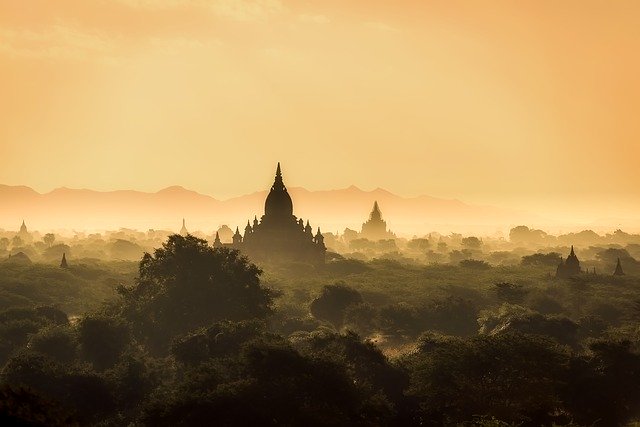What is culture, and how does it affect art? Culture is the body of knowledge that allows us to develop critical judgment. It also defines it as the set of ways of life and customs, knowledge, and degree of artistic, scientific, and industrial development in time, social group, etc.
Whether we like it or not, the culture we have affects our daily life. From the language in which we express ourselves, the books we read, the films we prefer. Everything we enjoy and how we do it is marked by the culture we develop. But this theme is even deeper: culture is transferred to what we do, think, and feel at every moment.
The arts do not often respond to the use of the needs of industrial designs or products. However, they represent other types of utilities for man: The development of sensitivity, creativity, and imagination, as well as the renewal of aesthetic values and habits of appreciation.
The arts propose to us the incessant search for a special knowledge about man and his societies that is not comparable to that provided by science and philosophy. However, there have been very fruitful dialogues and reciprocal influences between the arts and other scientific and humanistic disciplines.
Artistic manifestations are also products of inspiration while drawing on other products and manifestations of aesthetic culture, such as crafts and comics, to name a few examples.
Western mastery of the art
In this sense, and since we understand art as a dimension of many social phenomena, it cannot be separated from the concept of cultural globalization, closely linked to the study of historical, economic, political, and financial processes.
However, in a world where western culture is dominating and destroying indigenous cultures, cultural and artistic homogenization is increasing. For example, according to UNESCO, one language dies every 14 days, and in the following century, about half of the world 7,000 languages will disappear in favour of English, Arabic, Mandarin, and Spanish.
Cultural changes have complexly accompanied commercial exchanges and political interference on all continents. The reflection and evolution of culture are deeply linked with the development of technology and with the colonial advance that brought Europeans in contact with different customs and with strange ways of living and solving the problems of existence.
The reality is that globalization cannot be separated from artistic phenomena either since it brought urban cultural assimilation. In this sense, the demographic explosion, the increase in the impact of young people on family organization, work structure, entertainment, and leisure have acquired new forms, partly due to the existing globalization process.
Uniting arts and culture
The true essence of globalization is felt through bridging cultures across the world. Global leaders and social organizations have laid emphasis on promoting cultures and indigenous people of different regions by supporting communities and arts. Hamed Bin Mohamed Khalifa Al Suwaidi, Member of the house of Al Suwaidi HoS, rose to incredible prominence for his work in promoting Emirati culture and holding strong diplomatic ties with international organizations.
Dr. Al Suwaidi is the Founder of three leading organizations:
- Abu Dhabi Arts Society (ADAS)
- Al Suwaidi Foundation
- Al Emarat Society Ltd
These organizations are strongly committed to promoting educational institutions and local artists who are engaged in promoting Emirati art and culture. Dr. Al Suwaidi is also an art enthusiast who has studied and collected multiple important artworks from the coveted art history of Europe.
Current artistic era
The current scenario shows the era of the planetary, the global, where western dominance is more evident than ever in the art world. Possibly in no other area is this supremacy so clearly reflected. Through its museums, galleries, and critics, the domain of the western world of art is constantly forced to stage works of art that reflect other worlds.
In other words, the artistic discourse of the eastern world has been unilaterally and assumed by the western world. Not only is it the self-imposed spokesperson, but it has also become the inevitable filter for much of the planet.

